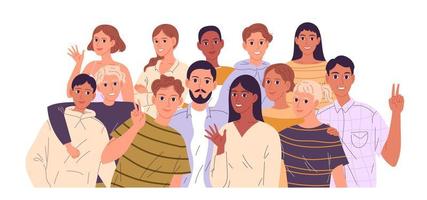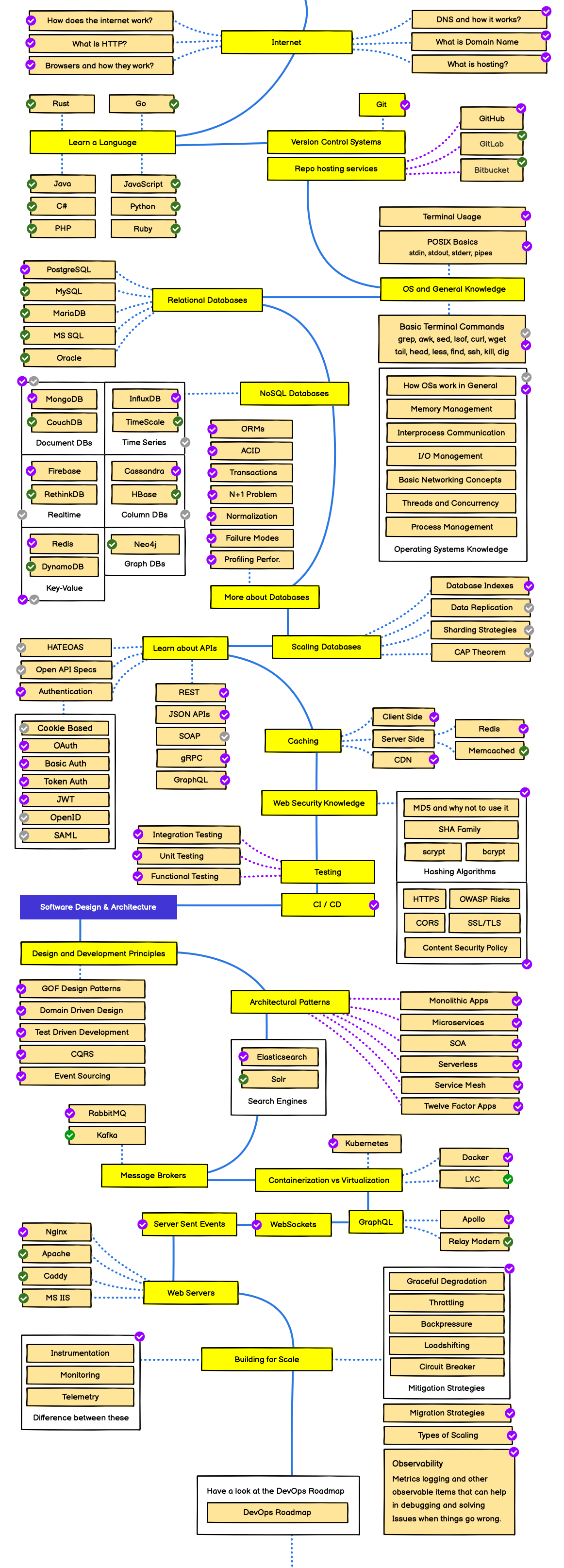
JOIN THE COMMUNITY
Welcome to the Navigo Community!
Connect, learn, and grow with fellow career-driven individuals!
Backend development is the development of visual and interactive elements of a website that users interact with directly. It's a combination of HTML, CSS, and JavaScript, where HTML provides the structure, CSS the styling and layout, and JavaScript the dynamic behavior and interactivity.


Welcome to the Navigo Community!
Connect, learn, and grow with fellow career-driven individuals!